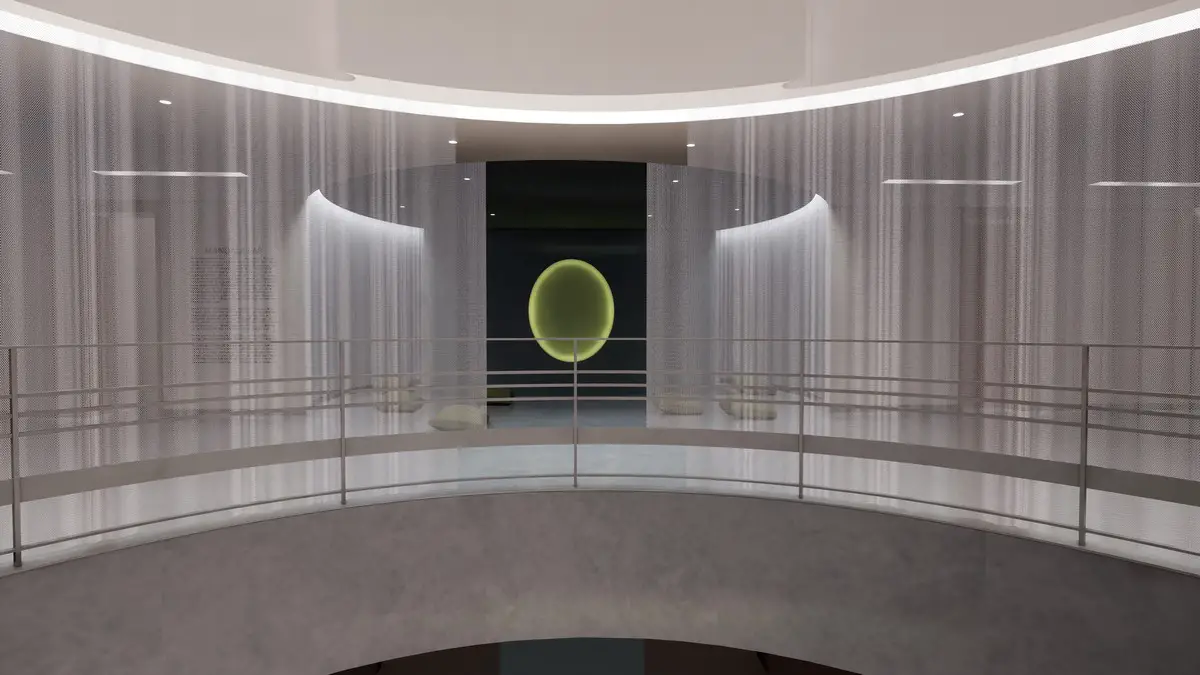Mandala Lab Cultural Center Features Minimalist & Contemplative Design For Meditative Self-Healing
The Mandala Lab is a new cultural space inside of the Rubin Museum located in New York City. Designers from the Peterson Rich Office combined elements of sound therapy, aromatherapy, modern minimalist design and distinct interior decor to reflect a meditative and contemplative state of mind. The fundamental concept behind the center is to inspire feelings and thoughts of connection, self-awareness and cherishing of others. Some of which are based on traditional Buddhist philosophy.

On the third floor of The Rubin Museum, visitors will enter into the Mandala Lab. The Mandala Lab is divided into units and contains 5 “experiences” attuned to our 5 basic physical senses – sight, sound, touch, smell and taste. The sense of taste is brought forth by the inhalation and exhalation of breath. Some of the other senses are stimulated by hands-on tools such as videos, sculptures and hanging percussion instruments such as bells and gongs.
The most important feature of the Mandala Lab are the specific mandala focal points throughout the different meditation areas. Mandalas can be a range of shapes, sizes, colors, symbols and imagery. Typically, mandalas are circular contained inside of a rectangular or box-shaped structure. In Buddhism, mandalas are used as teaching tools to transform emotions into wise understandings about the nature of self and the nature of reality. The specific emotions of pride, attachment, envy, anger and ignorance cloud truths and prevent expansion into more holistic perspectives.

The interior design of the Mandala Lab is kept in neutral tones such as gray, black and white. Sheer, veil-like walls separate spaces for viewing and entering into the various meditative spaces. Inside of each space, a mandala-like image is placed onto a large blank wall. There are floor pillows placed on the ground in front of the wall facing the mandala for visitors to sit. Unlike the traditional depictions of mandalas found in many Buddhist artworks, these mandalas are exceptionally minimal in appearance bearing only slight alterations in color and pattern. They feature specific details highlighted by illuminated lights. These distinct qualities are not intended for exploration through observation but connection through inner exploration to return to the simplicity of its source.

The Mandala Lab is a wonderful representation of the power of art, architecture, design and space to cultivate new mindsets and other perspectives.